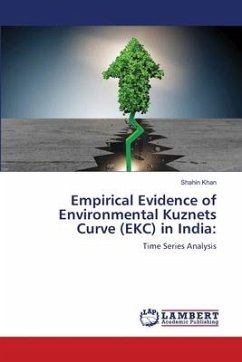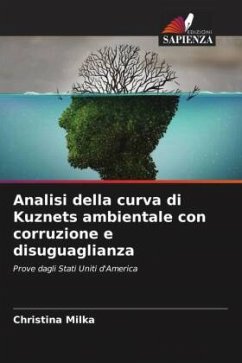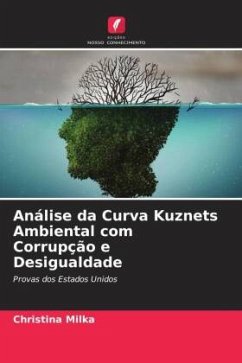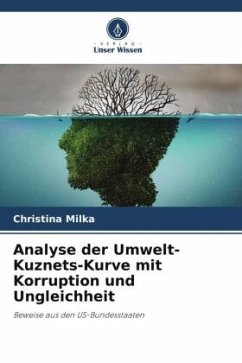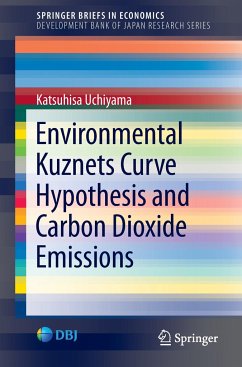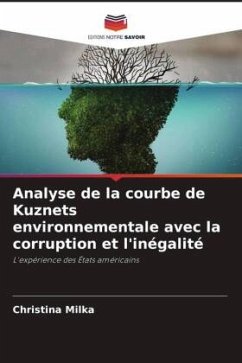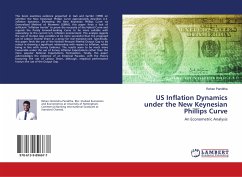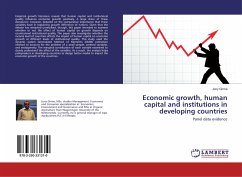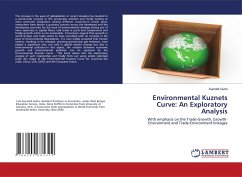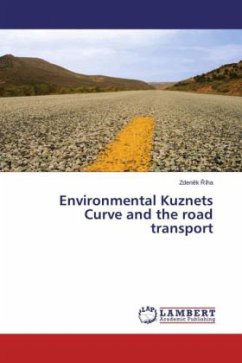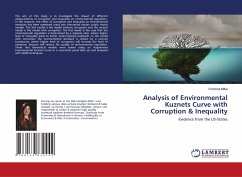
Analysis of Environmental Kuznets Curve with Corruption & Inequality
Evidence from the US-States
Versandkostenfrei!
Versandfertig in 6-10 Tagen
24,99 €
inkl. MwSt.

PAYBACK Punkte
12 °P sammeln!
The aim of this study is to investigate the impact of different measurements of corruption and inequality on environmental regulation. In this research, the effect of corruption and inequality on environmental emissions has been examined using two theoretical modes: public choice models. The first model is the model without corruption and the second model is the model with corruption. The first model is the case that the environmental regulation is determined by a majority vote, where higher level of inequality leads to better environmental standards. In the model with corruption the environme...
The aim of this study is to investigate the impact of different measurements of corruption and inequality on environmental regulation. In this research, the effect of corruption and inequality on environmental emissions has been examined using two theoretical modes: public choice models. The first model is the model without corruption and the second model is the model with corruption. The first model is the case that the environmental regulation is determined by a majority vote, where higher level of inequality leads to better environmental standards. In the model with corruption the environmental standard is chosen by a corrupt bureaucrat, where higher level of corruption will increase the level of emissions, because will reduce the quality of environmental regulation. These two theoretical models were tested using an Augmented Environmental Kuznets Curve in a cross-state panel data set and analyzed with GMM techniques.



